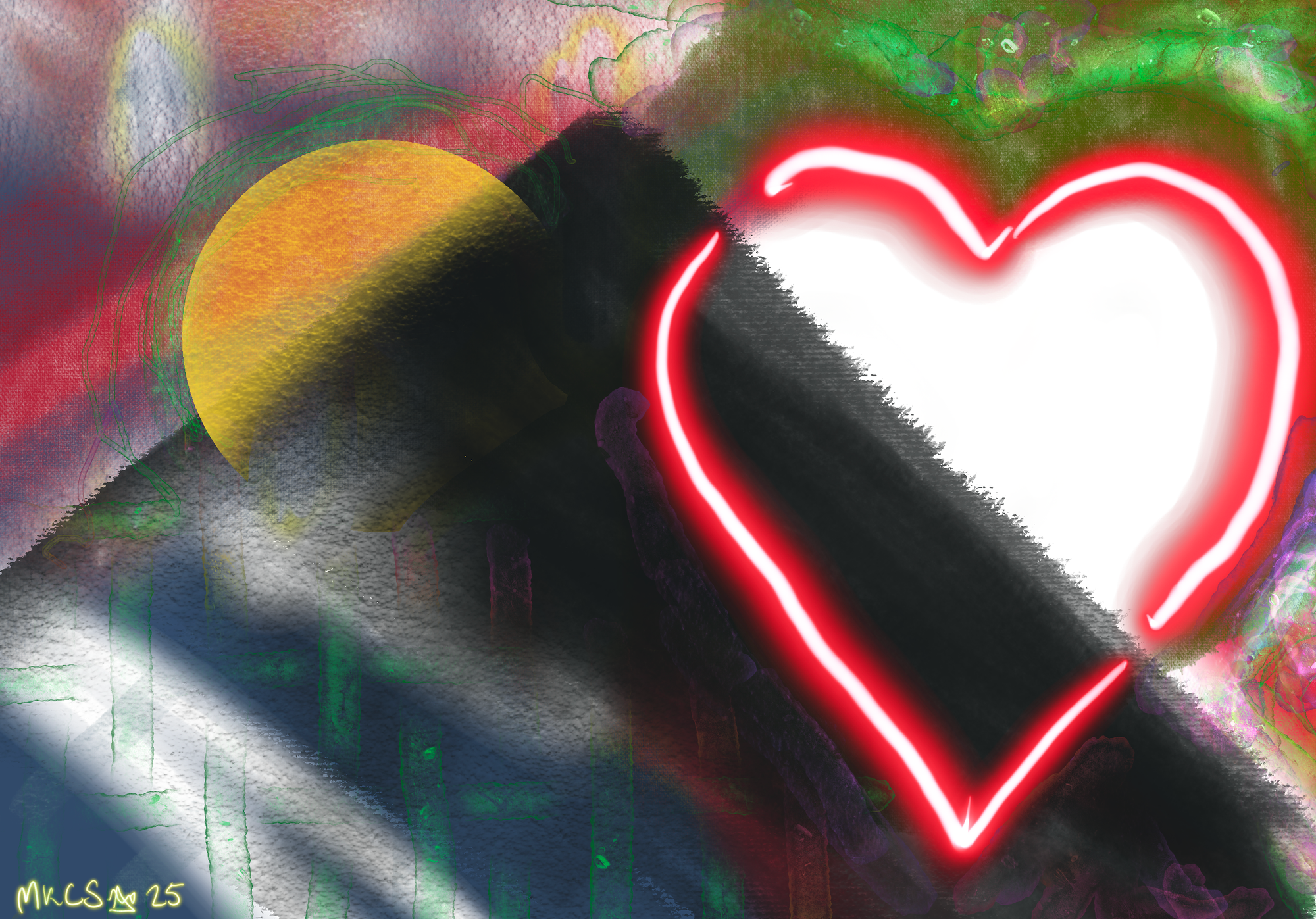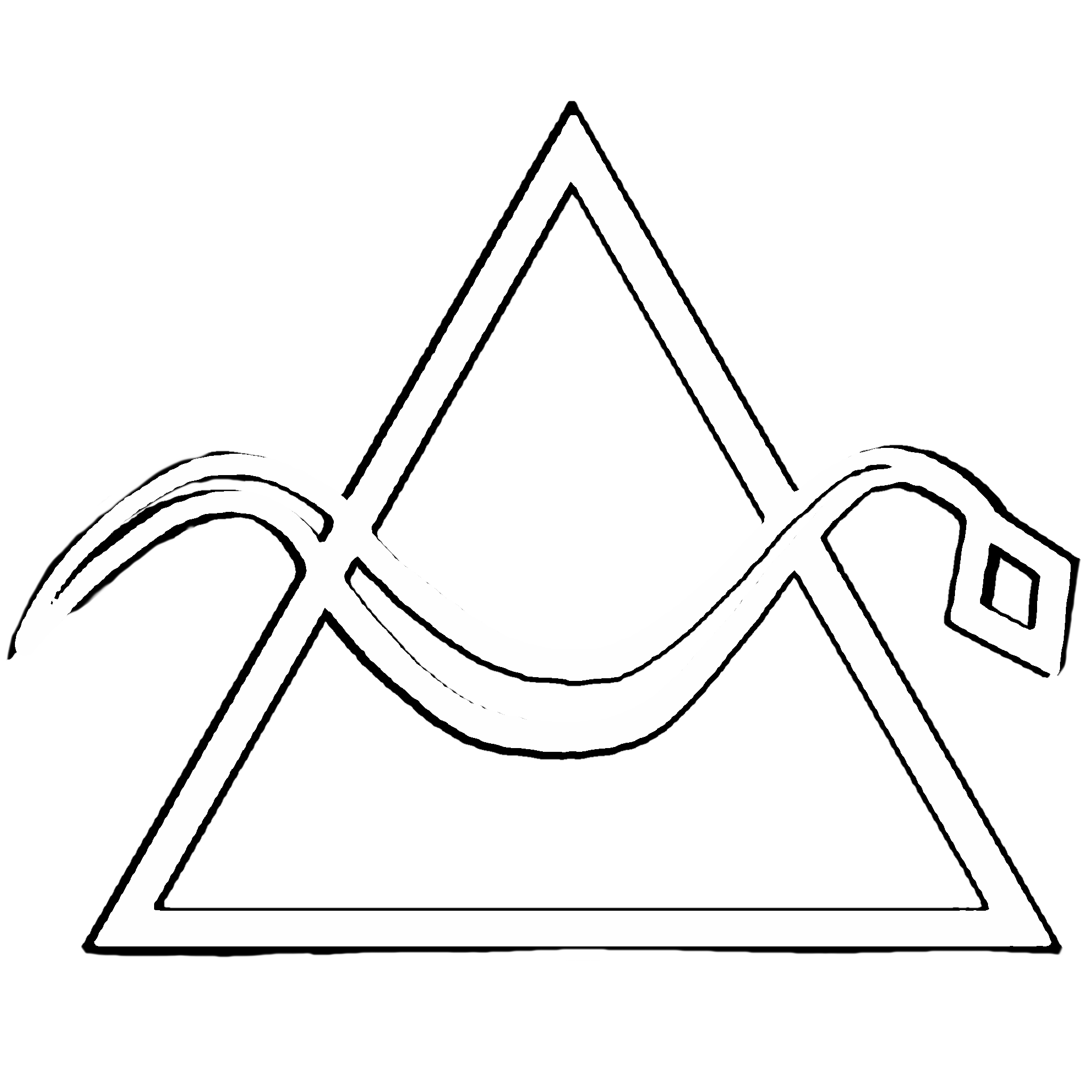NZATD 2025: Natalia Wi
One thing that really impressed me about Natalia’s session was how she provided not only a clear explanation but also a demonstration of how good practice looks in action.

Natalia Wi’s session at NZATD’s 2025 Tahu Ignite conference was a fascinating example of what she was talking about.
Natalia explained that ‘ako’, the reo Māori kupu (word) for ‘learn’ is also the word for ‘teach’, but more than that, it’s a single concept of developing understanding and skills, rather than one word with two meanings.
I was reminded of the Vygotskyan concept of the learner as a teacher and the teacher as a learner, and when I did a search for a quick reference for that, I found this intriguing presentation from (I think, Vasilic Branka, an academic and educator of Kāi Tahu, Kāti Momoe, Waitaha, Te Ati Awa, Ngāti Mutunga, Te Hauiti, and Pāhehā descent), which appears to be making the same link.
Across the world, it seems, the idea that learning and teaching are one process is shared. I love that the kupu Māori makes that explicit.
Natalia’s discussion showed how this concept can add depth to the learning space and create a sense of manaakitanga (literally encouragement of the mana of the people involved). Natalia phrased this as enhancing the mana of the learners and teachers, not just the fluffy and amorphous ‘care’ or ‘nurturing’ that it manaakitanga is often translated as in Pākehā contexts. There is a much greater implication in manaakitanga of agency and respect than exists in ‘care’, which tends to suggest more of a relationship of dependency. Caregivers look after people who cannot provide for their own needs. (I feel as though someone focusing on manaakitanga is more likely to consider patients’ rights, somehow.) Natalia also mentioned rangatiratanga here.
To create this manaakitanga, Natalia emphasised that while ako is always happening, when planning for akoranga (learning), we need to focus first on the relationships of the people involved, with whakawhanaungatanga (creating relationships). And we need to let go of the model of the expert as the person best placed to create learning, and rather focus on settling people into the a good learning space.
By giving people opportunities to connect on a personal level, we are giving people a chance to settle into the space, and also creating an inclusive environment for the activities that follow. Natalia described her own sense of disinclusion in environments that focus on action before relation.
She defined a wānanga as a deep discussion (see my notes on Angela and Geoff’s session later on in the conference), mentioning also the importance of checking in throughout the experience for feedback on how it progresses, and of huritao (reflection).
So what does all this mean in a practical sense for learning designers?
- We can, and should, include learners in our design processes.
- We need to think in terms, not of leading learning experiences, but of guiding them, and acting as a host, rather than a holder of knowledge.
- We need to think about connection before content and create safe spaces for learning.
- We need to respect that everyone is a teacher and a learner and look for ways to weave learner voices into our work.
One thing that really impressed me about Natalia’s session was how she provided not only a clear explanation but also a demonstration of how good practice looks in action.
As a host of the session, Natalia led us into whanaungatanga-focused activities right from the start. Throughout the session, we came back to talking with our neighbours about the concepts we were learning about. This meant that we were naturally generating examples of how they looked that were relevant to ourselves on a personal level. The deeper connection with one or two people helped us to extend our examples across the course of the session, so that when I left I was buzzing with ways the concepts we’d talked about applied to my own life and to my own L&D practice.

